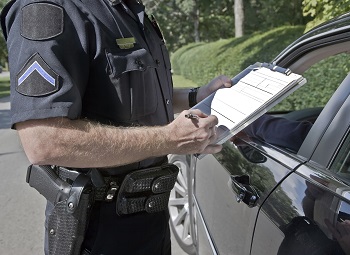
In every state, there is a certain requirement when it comes to auto insurance. If you are caught driving without insurance, you will likely be issued an SR22 by the court that handles the incident.
What is SR22 Insurance?
An SR22 is a form that confirms that you carry the car insurance as required by your state. This is not a replacement for insurance. Instead, it is an additional form you must carry on top of your proof of insurance.
On average, SR22 requirements tend to last three to five years depending on the incident and court decision. If you are caught driving without an SR22 after you have been issued the requirement, you could face a range of repercussions, including:
- Cancelled auto insurance policy
- License suspension
- Fines
- Jail time
These vary depending on your location and the severity of the situation. For example, repercussions may be worse if you cause an accident while driving without SR22 insurance.
It can also mean losing your insurance. Keep in mind that the DMV and your auto insurance provider work together when you have an SR22. If there is any lapse in your coverage, your insurer will notify the DMV. An insurer may also cancel your policy due to nonpayment or if you become too high risk to insure.
Is SR22 Insurance Expensive?
The SR22 itself does not affect your auto insurance rates, but the incident that resulted in an SR22 does. If you are caught driving under the influence (DUI) without insurance, for example, your rates could go up a significant amount. These incidents remain on your record for varying lengths of time depending on where you are and the severity of the incident, as well.
A simple traffic stop that occurs while you are driving without insurance will likely raise your rates by about 10%. However, incidents involving DUIs/DWIs could raise your rates by 80% or more.
How Much SR22 Insurance Do I Need?
Since auto insurance requirements vary depending on where you live, it will affect how much your SR22 requires you to carry. Be sure to check your state’s minimum requirements. In Iowa, for example, all drivers must carry at least:
- $20,000 in bodily injury liability per person
- $40,000 in bodily injury liability per accident
- $15,000 in property damage liability
All insurance providers must offer these minimum requirements. Be sure to shop around and ask your insurance agent about ways to save on your SR22 insurance.
Also Read: What Happens After Someone Gets an OWI in Iowa?
Get A Quote